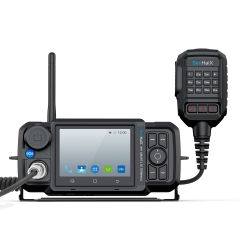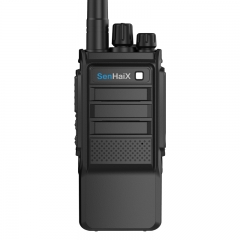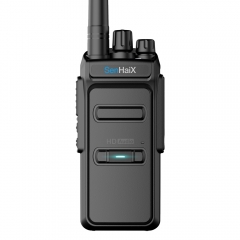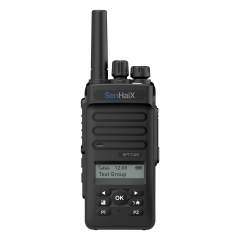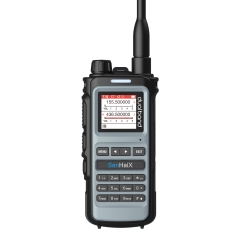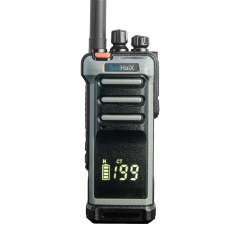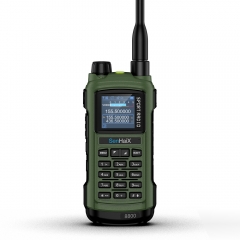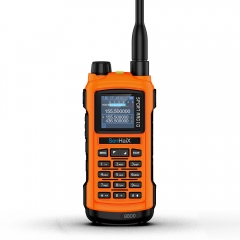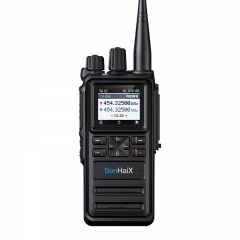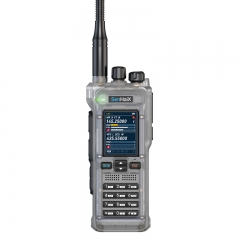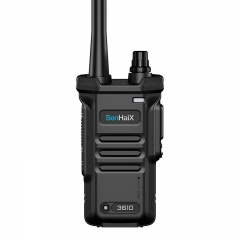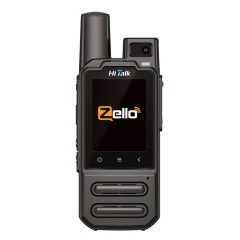The communication distance of a two-way radio refers to the maximum range over which the radio can transmit and receive signals effectively. This distance can vary depending on several factors, including the power output of the radio, terrain conditions, obstructions, and the type of antenna used.
The power output of a two-way radio is one of the primary factors influencing communication distance. Radios with higher power output generally have a longer range. Typically, two-way radios have power outputs ranging from 1 to 5 watts. The higher the power output, the greater the potential communication distance, allowing for communication over longer distances or in areas with weaker signal coverage.
Terrain conditions play a significant role in determining the effective communication distance. In open, unobstructed areas such as flat plains or bodies of water, the radio waves can travel farther with minimal interference, resulting in longer communication distances. On the other hand, in urban environments or areas with dense vegetation, buildings, or mountains, the radio waves can be obstructed or reflected, limiting the effective range of the two-way radio.
Obstructions such as tall buildings, dense foliage, or large structures like bridges can interfere with the radio signals, causing attenuation and reducing the communication distance. In urban areas, the presence of tall buildings can create "shadow zones" where the signal cannot penetrate effectively, significantly limiting the communication range within those areas.
The type of antenna used in a two-way radio also affects the communication distance. Different antennas have different characteristics, including the gain and radiation pattern. An antenna with higher gain can increase the signal strength and extend the communication distance. Additionally, directional antennas can concentrate the signal in a specific direction, enhancing the range in that direction while reducing coverage in other directions.
It's important to note that the communication distance mentioned by manufacturers is often based on ideal conditions and line-of-sight scenarios. In practice, the actual range may be shorter due to various real-world factors. To maximize the communication distance, it is recommended to use radios with higher power output, employ external antennas, and ensure a clear line of sight between the transmitting and receiving radios.
In a word, the communication distance of a two-way radio depends on factors such as power output, terrain conditions, obstructions, and antenna characteristics. Understanding these factors and considering them when selecting and using two-way radios is crucial to ensure effective communication over desired distances.


















